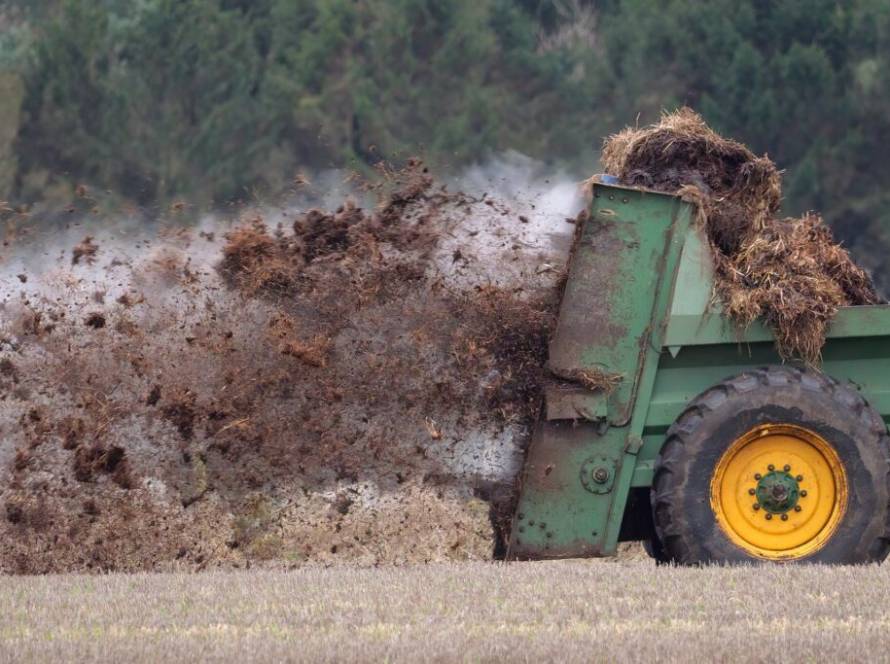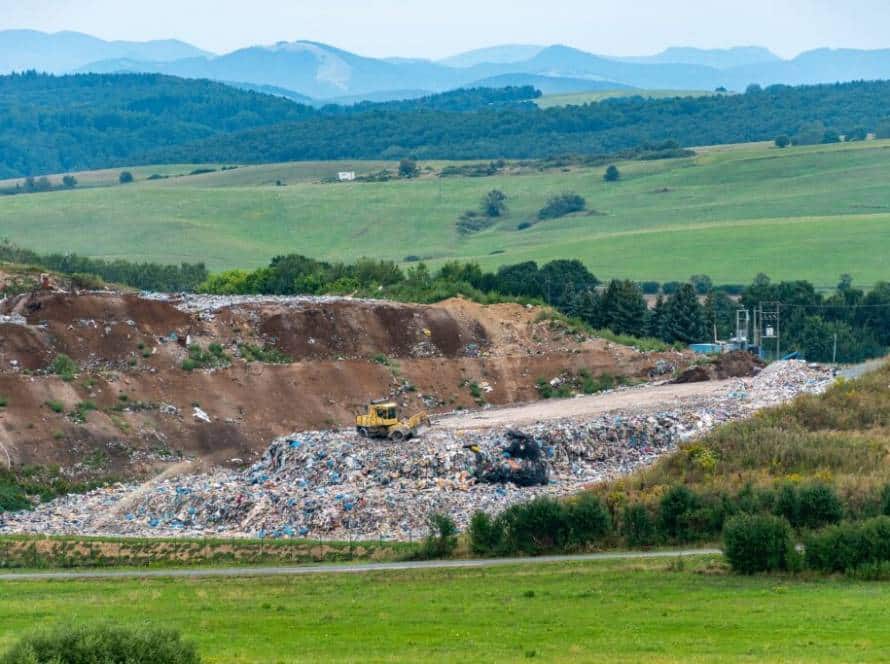Commercial chemical fertilisers are basically what Chemical companies produce when not producing bombs from their chemicals.
NPK is referred to on every fertiliser pack. This represents the three basic elements said to be needed to fuel basic plant growth. Nitrogen, phosphorus & potassium are present in differing amounts depending on the formulation desired. These amounts are expressed as a ratio of nitrogen to phosphorus to potassium (N:P:K).
If plants lack adequate nutrients they may cease to grow, may not flower or may fail to form fruit or seeds. They may also be more susceptible to pest and disease problems. Plants that continue to lack nutrients may die or have extremely stunted growth.
The price for individual chemical fertilisers varies from season to season depending on availability of appropriate chemical sources and demand. So, some basic fertilisers may be a cheap as AU$250 per tonne up to over AU$700 per tonne and more, here in Australia. In 2022, several of the most saught after fertiliser lines, were priced over $2000 per tonne, due to the war in the Ukraine we are told.
Considering that the producers state that up to 20% of the product actually ‘sticks’ where it is placed and does as is intended for plant crops, what then of the lost 80% that blows and washes away as another pollutant? Independent scientific reports suggest less than 16% actually ‘sticks’.
When you know that chemicals drive away the aerating, soil turning, beneficial earthworms and their associated critter assistants – referred to collectively as ‘biota’ – why would other options not need investigation?
These chemicals do precious little to build or sustain the soil health yet are, by design, required several times per year or even per crop, at ever increasing cost for ever reducing returns, as, it appears the more it is used the less the results achieved over time.
“Soil structure describes how the particles in the soil hang together – or don’t – in clumps known as aggregates. From a horticultural perspective, soil structure can be “good” or “bad” and can also be improved or degraded by how we treat the soil. Good soil structure is soft and crumbly, with granular aggregates that hold together even in water. Soil structure can also be blocky, platy, columnar or structure-less, such as a single-grain sand or a massive clay soil.”
Soil structure can be improved by the additional of organic matter – compost and mulch – and by preventing compaction and disturbance of the soil.
If your land is compacted by heavy animals these fertilisers do nothing to encourage earthworms to restore ‘tilth’- that spongy aerated feeling, as you walk over it.
On the other hand earthworm castings add safe, mineralised N:P:K, humus, humic acid and a variety of easily plant-metabolised natural minerals as well as being a totally organic substance that literally rebuilds the value and potential of your soil. It is worth noting that worm produced organics can hold between 40% to 60% more water than most ordinary soils.
• For every 1% increase of carbon, an acre of land can hold an additional 40,000 gallons (151,416.5 Litres) of water – LESS IRRIGATED WATER or RAINFALL NEEDED when appropriate organics added!
Surely this is worth exploring.
Ask me more.




